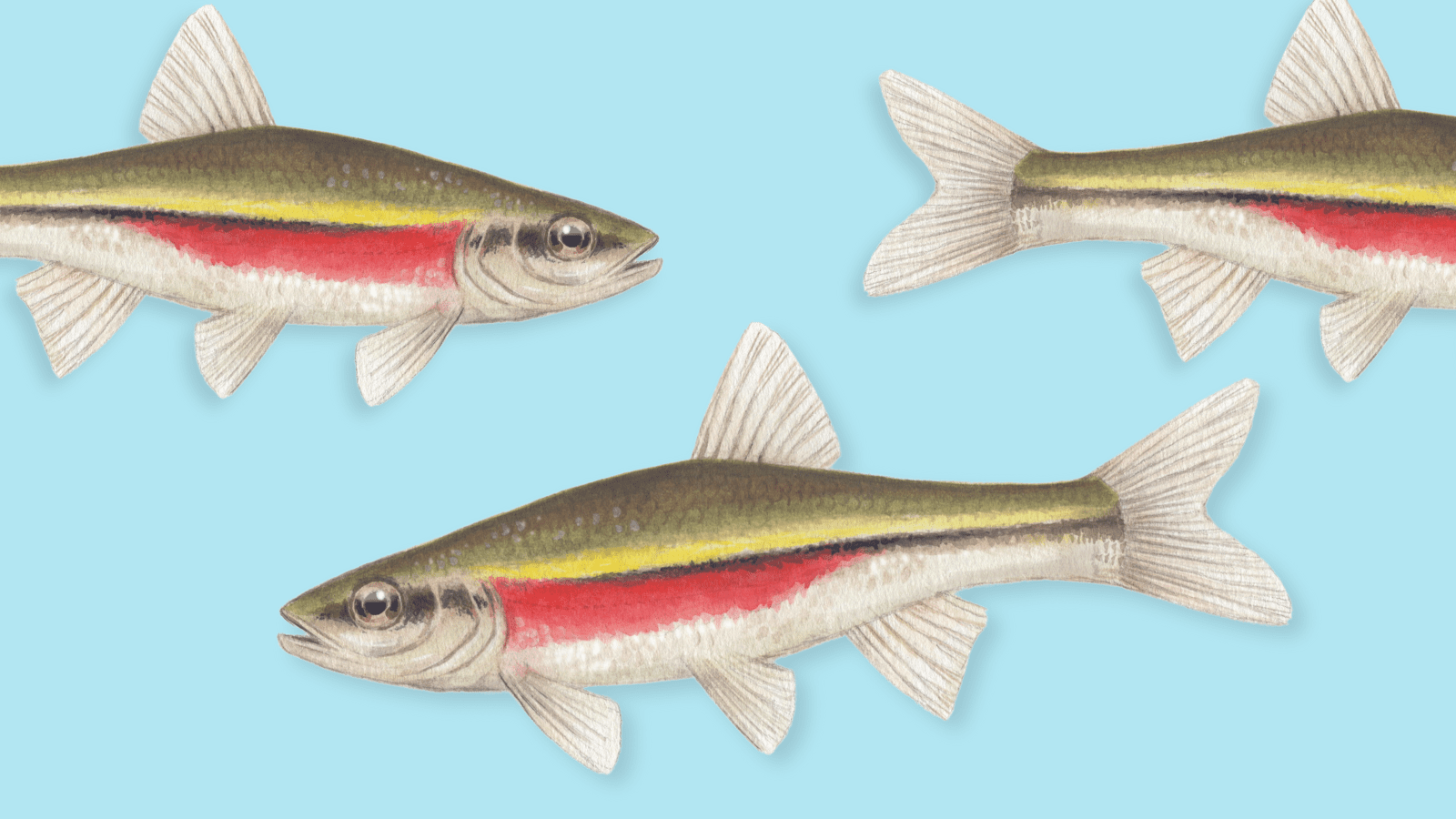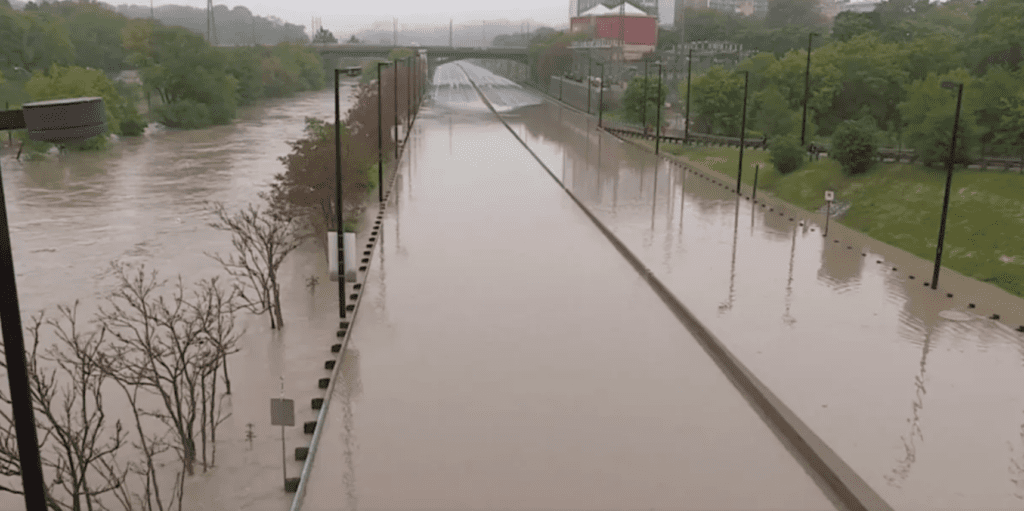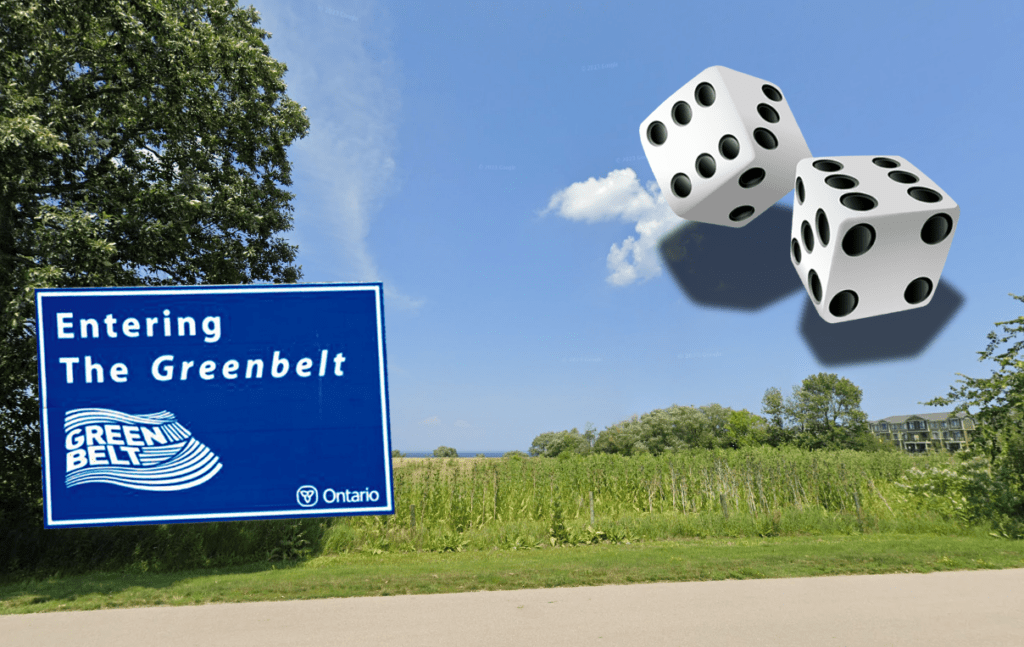On December 20, 2023, Ontario’s Ministry of Environment Conservation and Parks (MECP) proposed more changes that will weaken the Endangered Species Act, 2007 (ESA). It’s pretty clear that the motivation behind these changes is to speed up the approvals for harmful development projects. One of the targets of Ontario’s latest environmental rollback? The Redside Dace – a small, colourful and endangered minnow.


Tell the government to stand up and protect species at risk. Take action now!
Proposed changes
The MECP wants to reduce the amount of habitat protected for the Redside Dace, which includes a large number of streams that will be damaged or polluted along the proposed route of Highway 413. There are two main changes being proposed that will reduce the protection of Redside Dace habitats:
- Habitats will only be protected if Redside Dace have been living there in the last 10 years. This is a large clawback from the previous 20-year window.
- Habitats that have been identified as ideal for Redside Dace recovery will no longer be protected unless they’re adjacent to areas where they already exist.
While these might seem like small changes, they have the potential to be devastating to a species that is already at risk. These changes in protection guidelines could result in a decrease of more than 65 per cent in Redside Dace protected habitat.
The reason why these changes are being proposed is to reduce the requirements to protect rare species during the construction of harmful development projects, such as Highway 413.
This highway in particular will pave over some of the last remaining Redside Dace habitat in the GTA and threaten many other species at risk.
This is sadly just another example of the Ontario government reducing protection measures required by the ESA in order to prioritize development. An alarming trend that continues to put Ontario’s most vulnerable species in further danger.
Change needs to happen, now
It’s time for the Ontario government to change their approach. The ESA can be extremely powerful if used properly and can help ensure that new roads and infrastructure can meet our needs without compromising the survival of rare and vital species.
For example, highways that cross wildlife habitats can be designed to minimize the risks of collisions and conserve the capacity of forests and streams to filter air and water pollution coming from the new highway itself.
The Ontario government needs to remember that we need each other – communities and the environment thrive when plants, animals and ecosystems thrive. Unfortunately, the Ontario government is taking a regressive view that environmental protection cannot co-exist with human development projects. This approach is unacceptable and changes must be made.
Take action
Join us in our fight and tell the Ministry of Environment Conservation and Parks to prioritize the recovery and protection of Ontario’s species at risk when it is reviewing new development projects.








